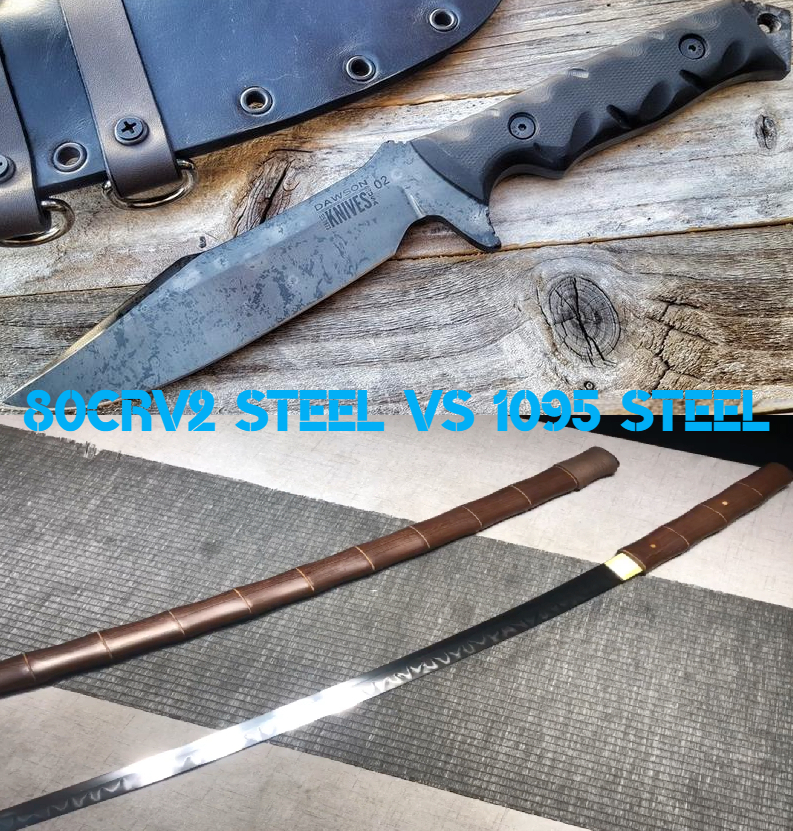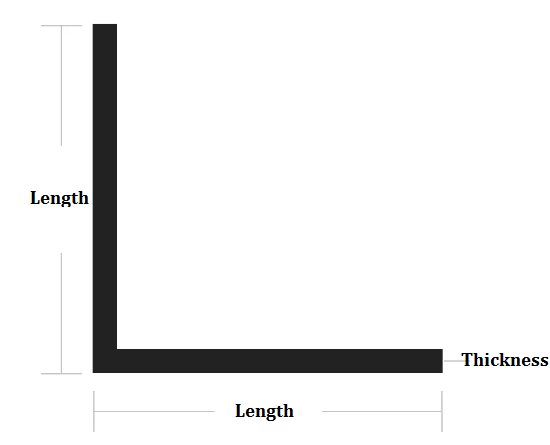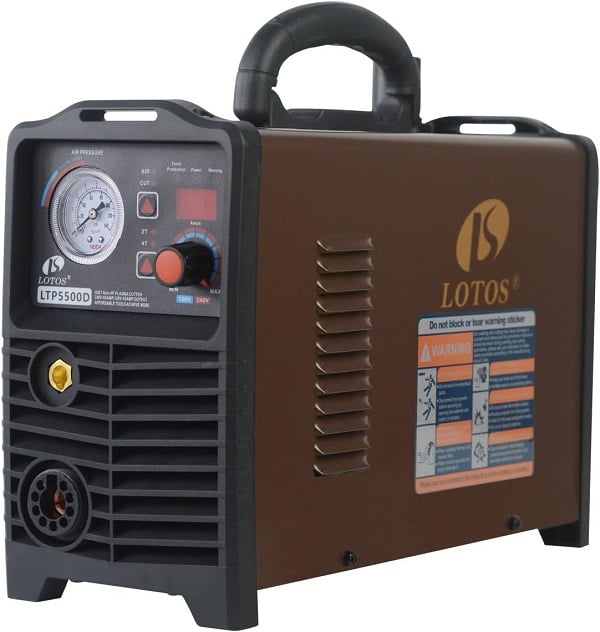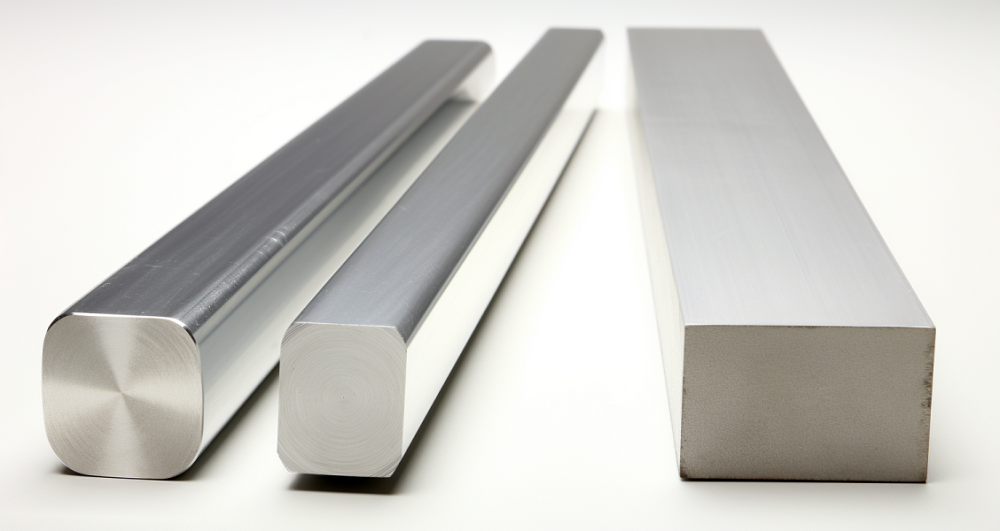Steel is one of the most common materials used in construction and manufacturing. One of the common steel materials is “ordinary carbon steel” or “low carbon steel”, also known as “mild steel”. Due to its excellent workability, weldability and relatively low cost, mild steel has become an indispensable choice in many industries. Whether you’re in home repair, construction, or manufacturing, it’s crucial to know how to properly use and maintain mild steel. This guide is designed to provide you with comprehensive information about mild steel to help you better understand its properties, applications and care methods to ensure you get the best performance and results when working with this versatile material. Whether you are an industry professional or new to steel materials, this guide will provide you with valuable insights and practical advice. Let’s dive into the world of mild steel and explore its potential and advantages to add more possibilities to your projects and work.
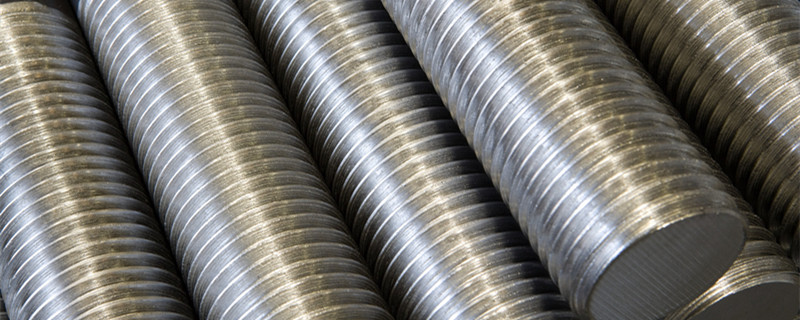
What is Mild Steel?
Mild steel, also known as low carbon steel or plain carbon steel, is a type of steel that contains a relatively low amount of carbon (typically less than 0.25%). It is the most commonly used form of steel due to its affordability, versatility, and ease of fabrication. Mild steel possesses good mechanical properties, such as strength and ductility, making it suitable for various applications. It is widely used in construction, manufacturing, automotive, and other industries for structures, machinery, automotive parts, and general fabrication purposes. The low carbon content of mild steel contributes to its malleability and weldability, allowing it to be easily shaped, formed, and welded. However, compared to higher carbon steels, mild steel may have lower hardness and wear resistance. Its corrosion resistance can be improved through additional finishes or coatings.
Mild Steel Composition
Mild steel, or low carbon steel, typically consists of the following composition:
– Iron (Fe): The primary component of mild steel, typically present in high percentage.
– Carbon (C): Mild steel contains a low carbon content, usually ranging from 0.05% to 0.25%. The low carbon content contributes to its malleability and ease of fabrication.
– Manganese (Mn): Manganese is often added to mild steel to enhance its strength and improve its hardenability.
– Silicon (Si): Silicon is present in small amounts in mild steel and helps improve its strength and deoxidation properties.
– Sulphur (S): Sulphur is usually present in trace amounts in mild steel. Its presence can improve machinability, but excessive sulphur content can negatively affect weldability and ductility.
– Phosphorus (P): Phosphorus is also present in trace amounts in mild steel. It can enhance strength and improve the steel’s corrosion resistance but excessive phosphorus content can make the steel brittle.
It’s important to note that the specific composition of mild steel can vary depending on the manufacturing process and intended application. These are the typical elements found in mild steel, but their percentages and any additional alloying elements can vary.
Mild Steel Grades
Mild steel grades are classified based on various standards and specifications used in different regions. Here are some commonly used mild steel grade designations:
- 1. AISI/SAE Standard: In the United States, mild steel grades are often designated using the AISI/SAE system. For example, AISI/SAE 1008 and AISI/SAE 1018 are popular mild steel grades.
- 2. ASTM Standard: The American Society for Testing and Materials (ASTM) also provides standards for mild steel grades. Grades such as ASTM A283, ASTM A36, and ASTM A572 are commonly used for mild steel applications.
- 3. EN Standard: The European standard EN 10025 is often used to classify mild steel grades. Some popular EN mild steel grades include S235, S275, and S355.
- 4. ISO Standards: ISO 630 and ISO 4950 are international standards that specify mild steel grades. For example, ISO 630-2:2011 defines mild steel grades like E295, E335, and E360.
- 5. JIS Standard: The Japanese Industrial Standards (JIS) classify mild steel grades using designations such as SS400 and SPHC.
These are just a few examples of the numerous mild steel grades that exist. It’s important to refer to specific standards or specifications relevant to your region or application to determine the appropriate mild steel grade.
Mild Steel Material Properties
Mild steel possesses several properties that make it a popular choice in various applications. Some of the key properties of mild steel include:
- Strength: While not as strong as high carbon or alloy steels, mild steel still offers good strength for many applications. It provides sufficient structural integrity and load-bearing capacity.
- Ductility: Mild steel is highly ductile, meaning it can be easily stretched or bent without breaking. This property allows for easy forming, shaping, and fabrication processes such as rolling, bending, and welding.
- Weldability: Mild steel exhibits excellent weldability, making it easy to join using various welding techniques, including arc welding, MIG welding, and TIG welding. It forms strong and durable welds.
- Machinability: Mild steel is relatively easy to machine due to its low carbon content. It can be readily cut, drilled, bored, and turned on machining equipment, making it suitable for manufacturing processes.
- Versatility: Mild steel is a versatile material that can be used in a wide range of applications. It can be easily adapted, fabricated, and modified to meet specific requirements.
- Cost-effective: Mild steel is among the most affordable types of steel, which makes it an economical choice for many projects and industries. It offers a good balance of performance and cost.
- Corrosion resistance: While mild steel is not highly resistant to corrosion compared to stainless steel or other corrosion-resistant alloys, it can withstand mild atmospheric corrosion. Proper surface treatment, such as painting or coating, can enhance its corrosion resistance.
- Electrical and thermal conductivity: Mild steel has moderate electrical and thermal conductivity, making it suitable for applications where these properties are required, such as electrical enclosures or heat conduction.
It’s important to note that the specific properties of mild steel can vary based on factors such as its composition, manufacturing process, and heat treatment. These properties contribute to the widespread use of mild steel in construction, manufacturing, and various other industries.
Mild Steel Mechanical Properties
The mechanical properties of mild steel can vary depending on the specific composition, manufacturing process, and heat treatment. However, here are some typical mechanical properties associated with mild steel:
- Mild Steel Melting Point: The melting point of mild steel, or low carbon steel, is approximately 1,370 to 1,480 degrees Celsius (2,500 to 2,700 degrees Fahrenheit). This temperature range represents the transition from solid to liquid state for mild steel. However, it’s important to note that the exact melting point can vary slightly depending on the specific composition and impurities present in the steel.
- Mild Steel Density: The density of mild steel, also known as low carbon steel, typically ranges from 7,800 to 8,050 kilograms per cubic meter (kg/m³) or 7.8 to 8.05 grams per cubic centimeter (g/cm³). The density can vary depending on the specific composition and manufacturing process, but this range is commonly observed for mild steel.
- Mild Steel Tensile Strength: Mild steel typically has a tensile strength ranging from 380 MPa to 550 MPa. Tensile strength refers to the maximum amount of stress a material can withstand before breaking under tension.
- Mild Steel Yield Strength: The yield strength of mild steel usually falls in the range of 250 MPa to 350 MPa. Yield strength refers to the stress at which a material begins to deform permanently, indicating its limit of elastic behavior.
- Mild Steel Elongation: Mild steel exhibits good elongation properties, with elongation percentages typically ranging from 20% to 30%. Elongation represents the ability of a material to stretch or deform before breaking and indicates its ductility.
- Mild Steel Hardness: Mild steel generally has a low to medium hardness, typically ranging from 120 to 180 Brinell hardness (HB). Hardness determines the material’s resistance to indentation or abrasion.
- Mild Steel Impact Resistance: Mild steel has good impact resistance, making it capable of absorbing sudden shocks or loads without fracturing. This property is crucial in applications where resistance to impact is required.
- Mild Steel Fatigue Resistance: Mild steel exhibits moderate fatigue resistance, which refers to its ability to withstand cyclic loading without developing cracks or failure over time. The fatigue strength of mild steel is relatively higher compared to higher carbon steels.
It’s important to note that these mechanical properties can be further enhanced or modified through processes like heat treatment or alloying. Additionally, the choice of mild steel grade and specific treatment can influence its mechanical properties.
Mild Steel Types
Mild steel can be categorized into different types based on its properties and intended applications:
- Structural Steel: This type of mild steel is commonly used in the construction of buildings, bridges, and other large structures. It is known for its high strength and ductility, making it suitable for load-bearing applications. Common grades include ASTM A36 and S275JR.
- Carbon Steel: Mild steel is often referred to as carbon steel because it primarily consists of iron and carbon. Carbon is the main alloying element, and mild steel has a low carbon content, typically less than 0.3%.
- Low Carbon Steel: Mild steel is sometimes called low carbon steel due to its low carbon content. It is easy to weld and shape and is often used for manufacturing processes that require forming and machining.
- Hot Rolled vs. Cold Rolled: Mild steel can also be categorized based on the manufacturing process used to produce it. Hot-rolled mild steel is produced at high temperatures and is less precise in dimension, while cold-rolled mild steel is produced at lower temperatures and has tighter dimensional tolerances. Cold-rolled mild steel is often used for applications that require precision and a smooth surface finish.
- Galvanized Steel: This is mild steel that has been coated with a layer of zinc to protect it from corrosion. Galvanized mild steel is commonly used in outdoor applications and is known for its durability and resistance to rust.
- Mild Steel Sheets and Plates: Mild steel is available in various forms, including sheets and plates. These are often used in manufacturing, construction, and automotive industries for a wide range of applications.
- Mild Steel Pipes and Tubes: Mild steel pipes and tubes are used in plumbing, construction, and industrial applications for conveying fluids and gases.
- Mild Steel Rods and Bars: Mild steel rods and bars are commonly used in construction and manufacturing for structural support and as components in machinery and equipment.
- Mild Steel Wire: Mild steel wire is used in a variety of applications, including fencing, welding, and general fabrication.
- Mild Steel Angle: Mild steel angles are L-shaped sections often used in construction for structural support and bracing.
These are some of the common types and forms of mild steel, each tailored to specific applications and requirements. The choice of mild steel type depends on factors such as the intended use, structural requirements, and environmental conditions.
Mild Steel Uses
What is Mild Steel Used For? Mild steel, due to its affordability, versatility, and mechanical properties, is used in various applications across different industries. Some common uses of mild steel include:
- 1. Construction: Mild steel is extensively used in construction for structural components like beams, columns, and reinforcement bars. It provides strength and durability to buildings and infrastructure projects.
- 2. Automotive: Mild steel is used in the automotive industry to manufacture various components, including chassis, body panels, brackets, and exhaust systems. Its strength, formability, and affordability make it a popular choice.
- 3. Manufacturing: Mild steel is widely used in manufacturing industries for fabricating machinery, equipment, and tools. It is utilized in the production of gears, shafts, fasteners, pipes, valves, and many other components.
- 4. Furniture and Appliances: Mild steel is often used in the manufacturing of furniture frames, appliances, and kitchen utensils. It provides sturdiness and reliability to these products.
- 5. Piping and Tubing: Mild steel pipes and tubes are commonly used for plumbing, transportation of fluids, and structural applications. They are utilized in gas pipelines, water supply networks, and various industrial systems.
- 6. DIY and Home Projects: Due to its ease of use and availability, mild steel is popular for DIY projects and home repairs. It can be used for building structures, creating decorative items, or repairing metal objects.
- 7. Agricultural Equipment: Mild steel is utilized in manufacturing agricultural machinery, including tractors, plows, agricultural implements, and storage tanks. It provides the necessary strength and resilience required for agricultural applications.
- 8. Shipbuilding: Mild steel is used in shipbuilding for constructing hulls, bulkheads, and support structures. Its strength and weldability make it suitable for maritime applications.
These are just a few examples of how mild steel is used. Its versatility extends to many other industries and applications, making it a widely employed material worldwide.


